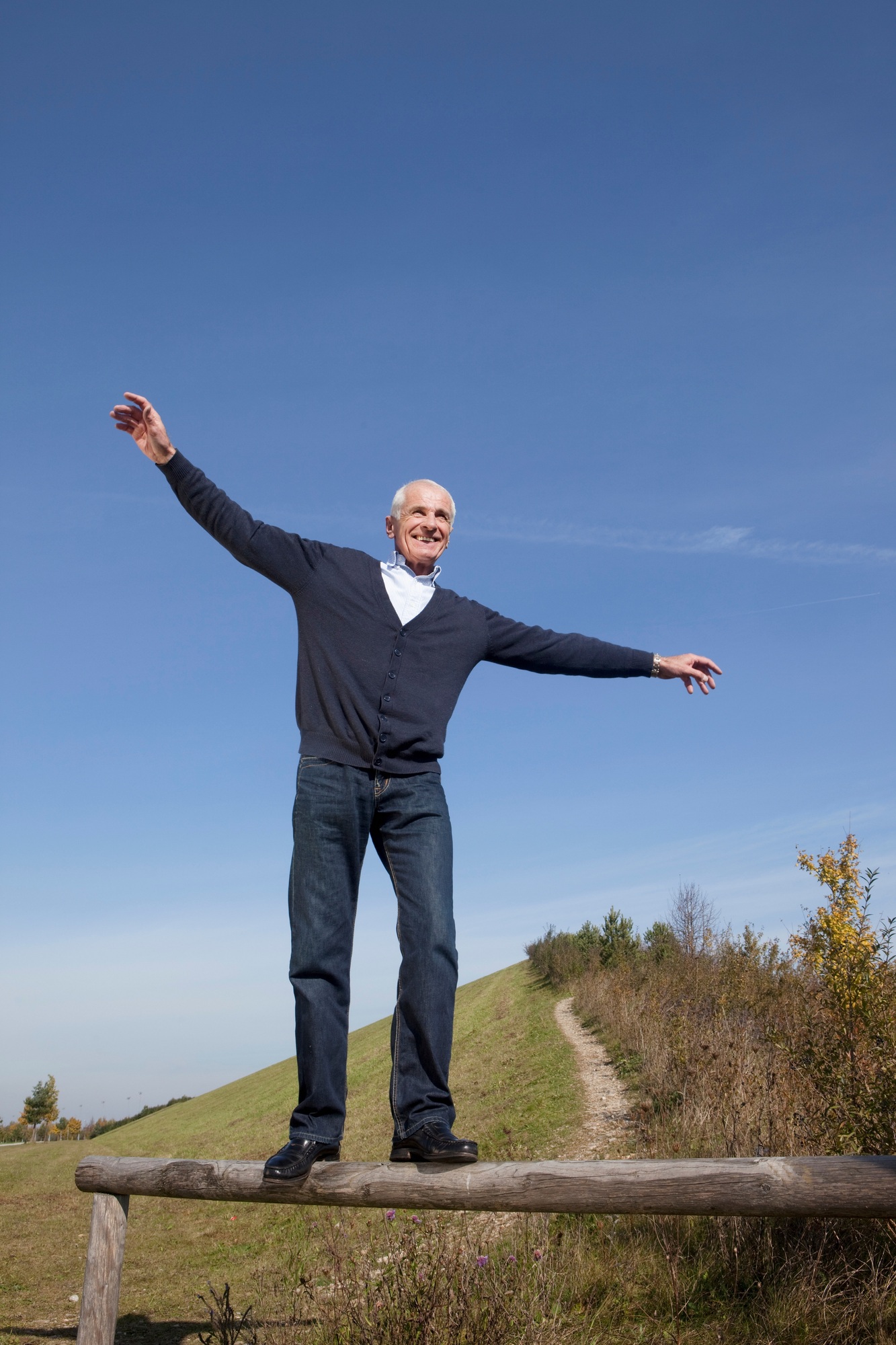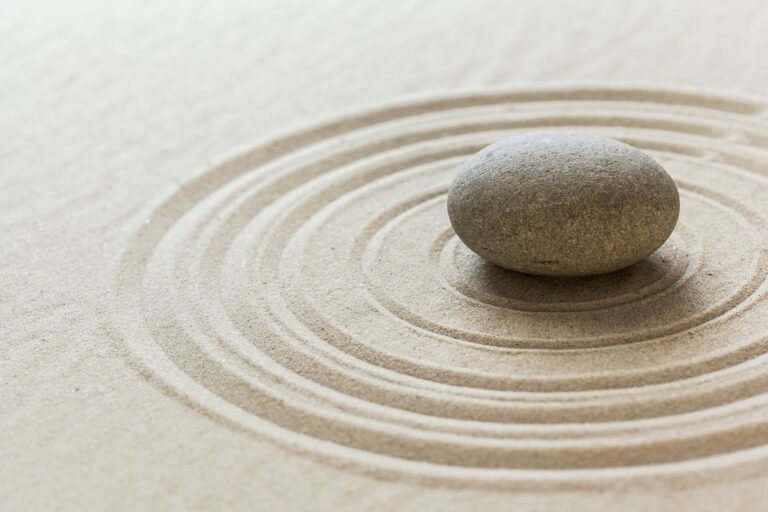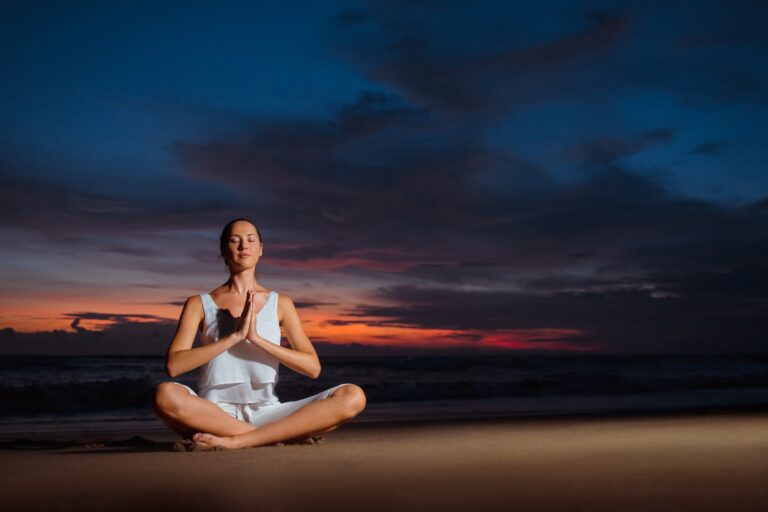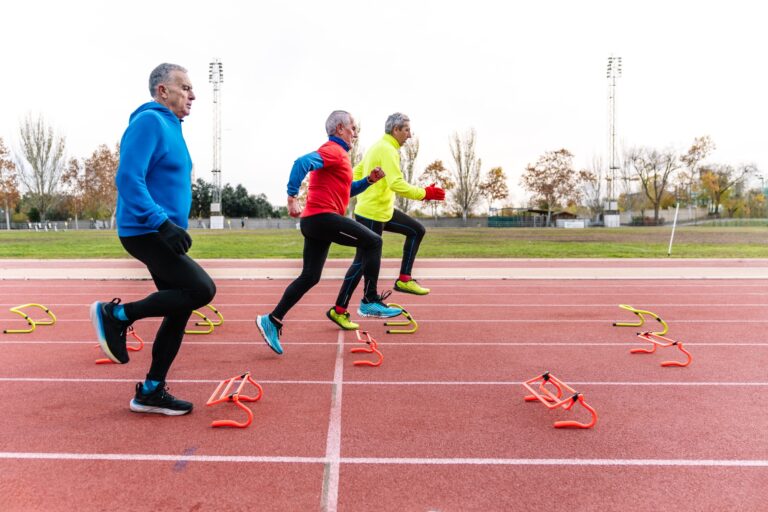Balance & Agility for Life: Prevent Falls, Stay Sharp
Living Live in Literal Balance
Ever tripped over absolutely nothing? Or felt a little wobbly on uneven ground? As we get older, our balance and agility can sometimes, subtly, start to decline. It’s not usually dramatic, but it can steal your confidence and, more importantly, increase your risk of falls. But here’s the good news: you can totally improve these things! Simple exercises can keep your body ready for anything, help prevent those falls, and ensure you maintain incredible independence for decades.
Here at livetobe101.com, we’re super focused on practical steps that genuinely extend your “healthspan”—those active, vibrant years. livetobe101.com was built to help users like you make smarter decisions with confidence, and staying nimble is one of the best decisions you can make for your future self.
Why Your Balance and Agility Are Non-Negotiable

Think about daily life: stepping off a curb, quickly shifting your weight, walking on a slightly uneven path. These all require good balance and agility. As these skills decline, everyday tasks become harder, and the risk of a fall—which can have serious consequences for older adults—jumps significantly.
- Fall Prevention: This is probably the biggest benefit. Falls are a leading cause of injury and disability among older adults. Improving your balance directly reduces this risk.
- Maintain Independence: Being able to move confidently and safely means you can keep doing the things you love—gardening, dancing, playing with grandkids, traveling—without worrying about losing your footing.
- Sharpen Your Brain: Balance and agility exercises aren’t just physical; they require significant cognitive input. They boost coordination between your brain and body, contributing to a truly sharp mind.
- Boost Confidence: Feeling steady on your feet gives you a huge boost in confidence to stay active and engaged in life.
- Improve Reaction Time: Agility training helps you react quickly to unexpected shifts or obstacles.
Simple Exercises to Boost Your Steadiness and Nimbleness
You don’t need fancy equipment or a special gym. Many of these can be done at home with just a chair for support. Remember to go slowly and safely.

1. Standing on One Leg (Progressive Challenge)
This is a classic for a reason! It directly targets your core and leg stability.
- How to do it: Stand near a wall or chair for support. Shift your weight to one foot and slowly lift the other foot an inch or two off the ground. Try to hold for 10-30 seconds. Repeat 3-5 times per leg. As you improve, try letting go of the support, then try it with your eyes closed (carefully!).

2. Heel-to-Toe Walk (Tightrope Style)
This challenges your balance and coordination in a straight line.
- How to do it: Stand with the heel of one foot directly in front of the toes of the other foot, like you’re walking on a tightrope. Take 10-20 steps forward, then turn around and come back. Keep your gaze forward, not at your feet.

3. Side Leg Raises (for Hip Strength)
Strong hips are crucial for balance. These help strengthen the muscles that stabilize your pelvis.
- How to do it: Stand tall, holding onto a chair for support. Slowly lift one leg out to the side, keeping it straight but not locked. Don’t lean your body too much. Hold for a second, then lower. Do 10-15 reps per leg, 2-3 sets.

4. Agility Ladder Drills (Imaginary)
You don’t need a real agility ladder! Just imagine one on the floor. This is great for quick footwork.
- How to do it: Imagine squares on the floor. Step quickly into and out of the “squares,” focusing on light, quick feet. Try stepping one foot in, one foot out. Then two feet in, two feet out. Keep your core engaged and your eyes up. Start slow, then increase speed as you get comfortable.

5. Chair Stands (Functional Strength & Balance)
This builds the leg and core strength needed for everyday tasks and helps with getting up if you fall.
- How to do it: Sit in a sturdy chair, feet flat on the floor, about hip-width apart. Lean forward slightly and push through your feet to stand up, without using your hands if possible. Slowly sit back down, controlling the movement. Do 10-15 repetitions, 2-3 sets.
Bonus Insights: Making Steadiness a Habit
- Safety First: Always have a chair or wall nearby for support, especially when starting new exercises. Don’t be afraid to use it!
- Daily Doses: Integrate these into your day. While waiting for coffee, stand on one leg. While brushing teeth, do some calf raises.
- Mix It Up: Your body adapts. Regularly change the exercises you do, or challenge yourself with slightly harder variations, to keep improving.
What’s Next for You?
Feeling ready to conquer your balance? Pick just one of these exercises and try it out today. You’ll probably feel more confident on your feet almost immediately.
Wrapping It Up
Maintaining great balance and agility isn’t just about avoiding falls; it’s about preserving your independence, boosting your confidence, and ensuring you can fully enjoy every single day of your long, active life. By incorporating these simple yet effective exercises into your routine, you’re actively sharpening both your body and your mind for decades to come. Keep moving, stay steady, and explore more ways to strengthen your body on livetobe101.com.
Balance & Agility for Life: Your Essential FAQs
How quickly can I improve my balance?
You might notice improvements in stability and confidence within a few weeks of consistent practice. Significant gains in balance and agility often develop over a few months. It really depends on how often and how consistently you practice.
Can these exercises help if I’ve already fallen before?
Absolutely, yes! These exercises are especially beneficial after a fall, as they help rebuild confidence and address underlying weaknesses in balance and strength. However, always consult your doctor or physical therapist if you’ve had a fall, just to make sure you’re safe to start.
Is it possible to be too old to start balance training?
No, it’s truly never too late! Even very elderly individuals, including those over 90, can significantly improve their balance and reduce fall risk with appropriate exercises. Every little bit of improvement counts, honestly.
What’s the best time of day to do balance exercises?
The best time is whenever you’ll actually do them consistently! Some prefer morning to wake up their body; others like afternoon as a break. Just avoid doing them when you’re super tired or rushed, okay? Safety first.
Do these exercises also help with memory or cognitive function?
Yes, they do! Balance and agility exercises require significant input from your brain to coordinate movements and process sensory information. This type of “dual-tasking” activity is fantastic for improving cognitive function and contributes to a sharp mind.
Should I use weights or equipment for balance training?
You don’t need them to start! Bodyweight exercises are excellent. As you progress, you might incorporate resistance bands or light weights to build strength around your ankles, knees, and hips, which further supports balance. But start simple.
What if I feel dizzy or lightheaded during these exercises?
Stop immediately and sit down. Dizziness can be a sign of various issues, including dehydration or blood pressure changes. Don’t continue until you feel stable. If it persists, definitely consult your doctor. Safety’s always most important.
Written by Christophe from The Editorial Team. Learn how we write and test all our content for accuracy.






